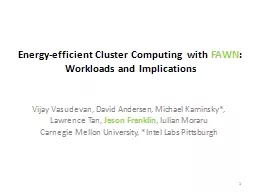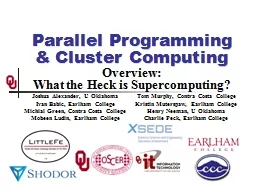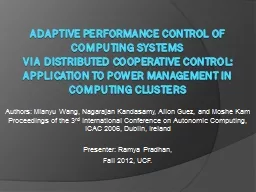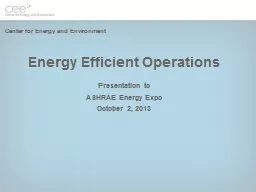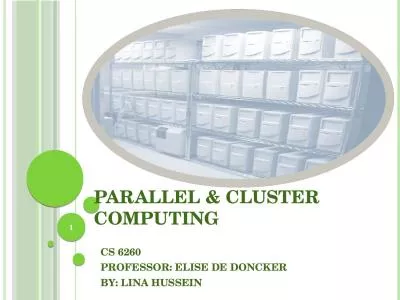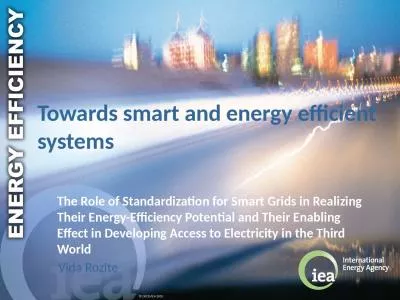PPT-Energy-efficient Cluster Computing with
Author : trish-goza | Published Date : 2018-10-07
FAWN Workloads and Implications Vijay Vasudevan David Andersen Michael Kaminsky Lawrence Tan Jason Franklin Iulian Moraru Carnegie Mellon University Intel
Presentation Embed Code
Download Presentation
Download Presentation The PPT/PDF document "Energy-efficient Cluster Computing with" is the property of its rightful owner. Permission is granted to download and print the materials on this website for personal, non-commercial use only, and to display it on your personal computer provided you do not modify the materials and that you retain all copyright notices contained in the materials. By downloading content from our website, you accept the terms of this agreement.
Energy-efficient Cluster Computing with: Transcript
Download Rules Of Document
"Energy-efficient Cluster Computing with"The content belongs to its owner. You may download and print it for personal use, without modification, and keep all copyright notices. By downloading, you agree to these terms.
Related Documents


